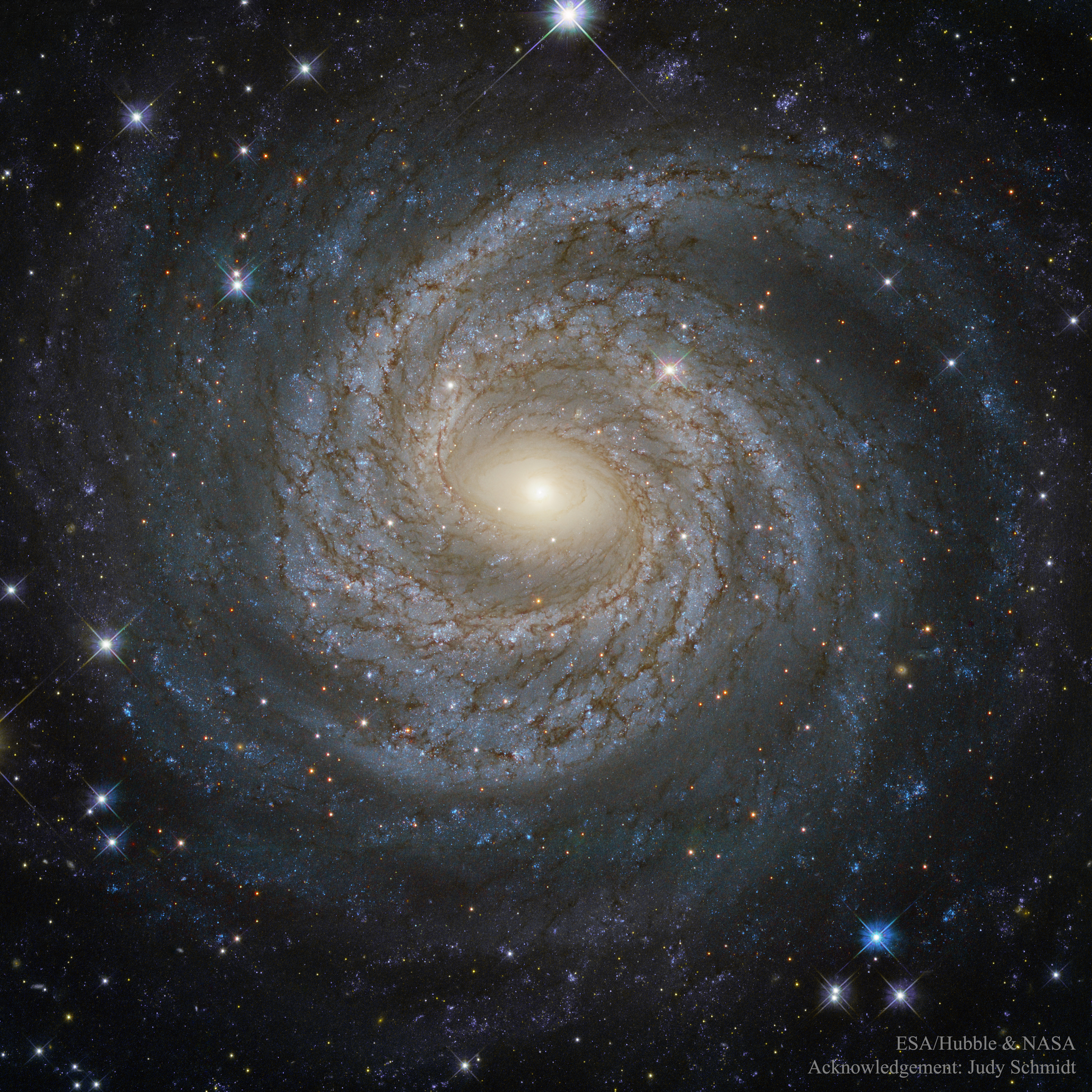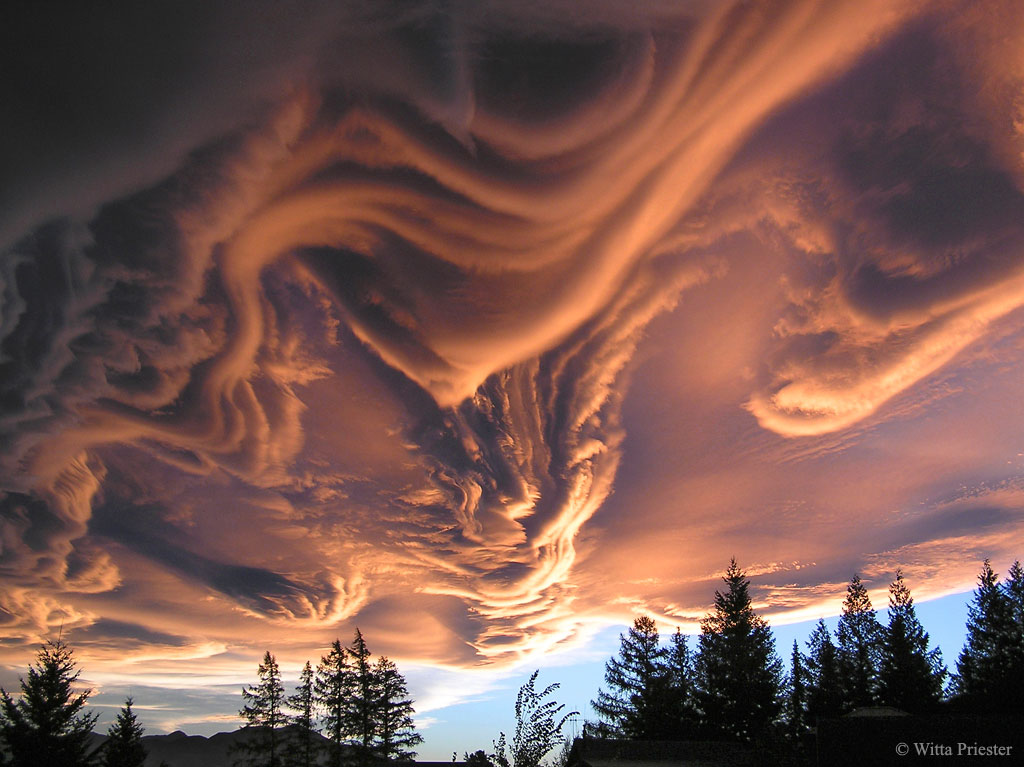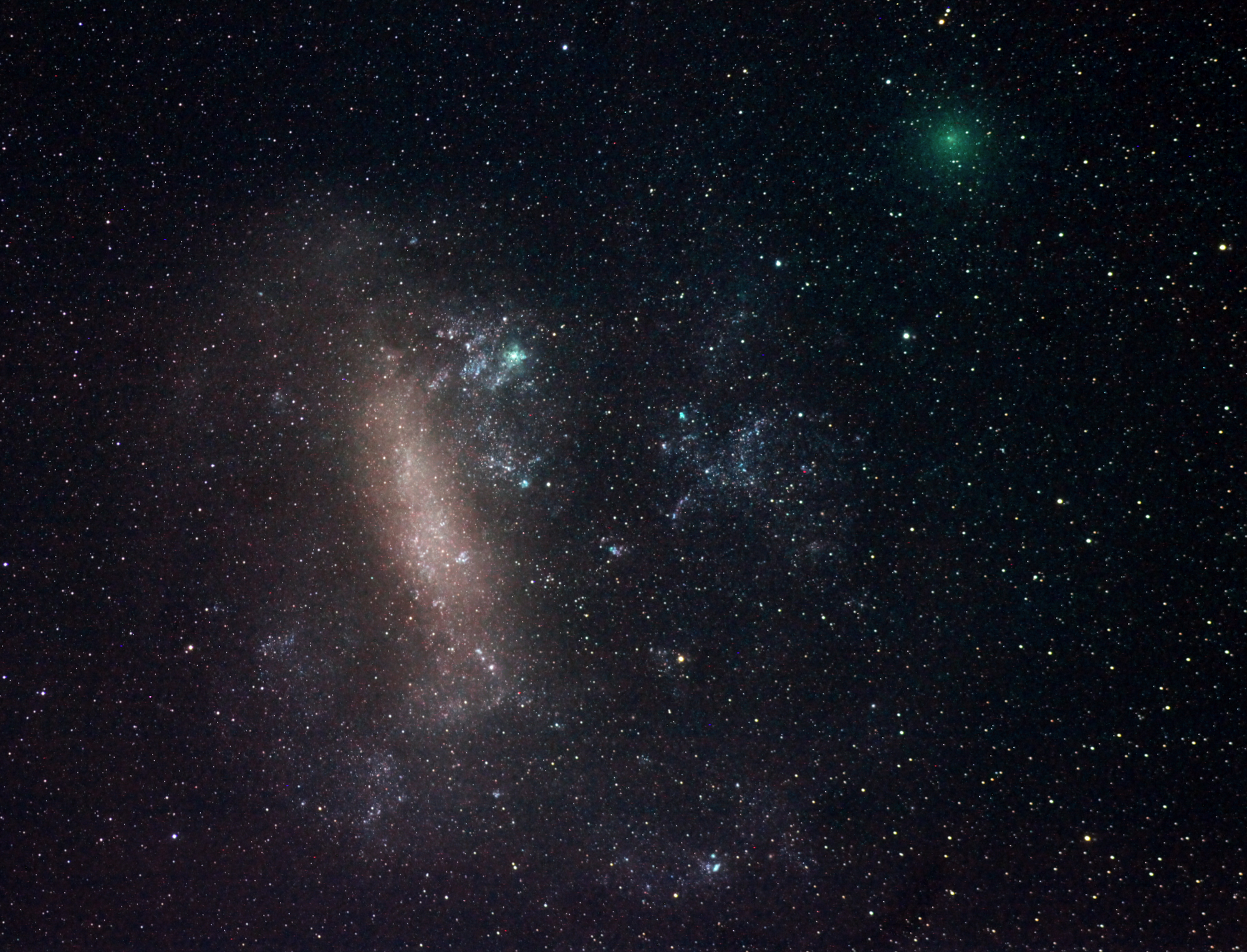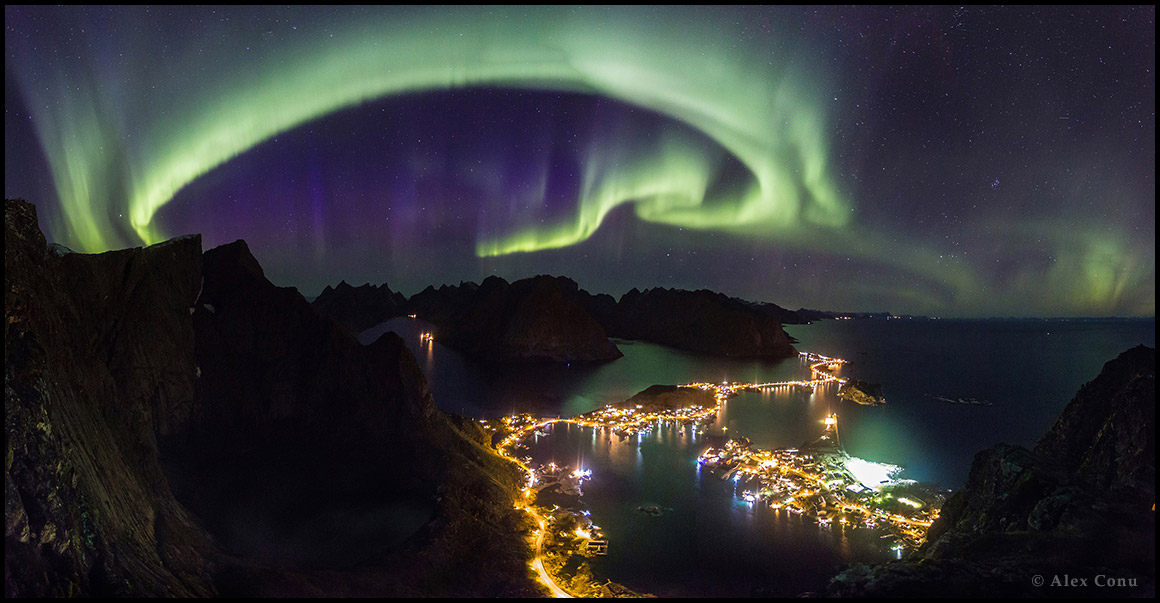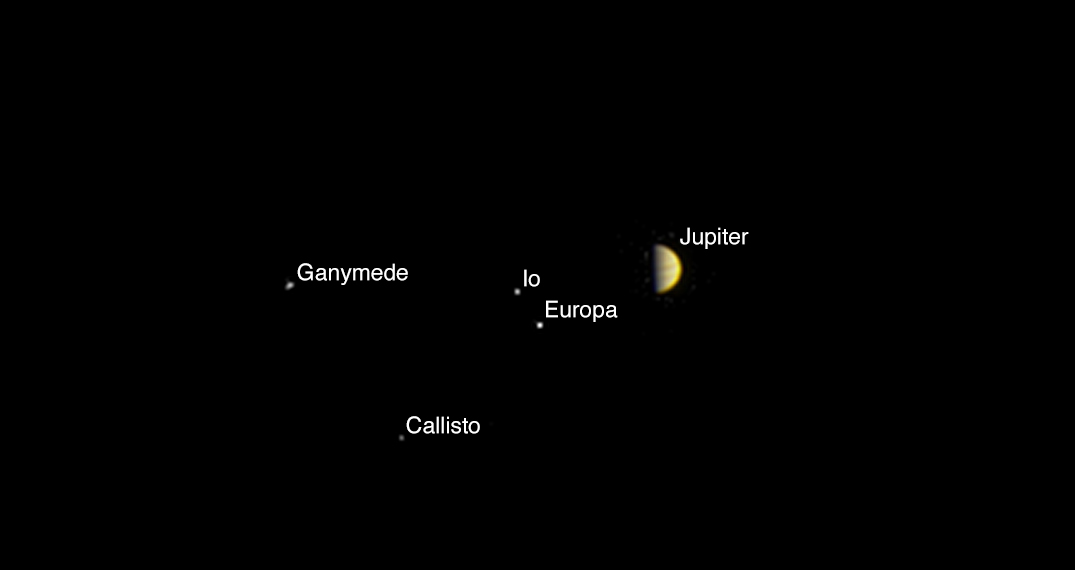Galaxy observations
It's easier to count stars when they are inside galaxies, since that's where they tend to cluster. To even begin to estimate the number of stars, then you would need to estimate the number of galaxies and come up with some sort of an average.
Some estimates peg the Milky Way's star mass as having 100 billion "solar masses," or 100 billion times the mass of the sun. Averaging out the types of stars within our galaxy, this would produce an answer of about
100 billion stars in the galaxy. This is subject to change, however, depending on how many stars are bigger and smaller than our own sun. Also, other estimates say the Milky Way could have 200 billion stars or more.
The
number of galaxies is an astonishing number, however, as shown by some imaging experiments performed by the
Hubble Space Telescope. Several times over the years, the telescope has pointed a detector at a tiny spot in the sky to count galaxies, performing the work again after the telescope was upgraded by astronauts during the shuttle era.
A 1995 exposure of a small spot in Ursa Major revealed about 3,000 faint galaxies. In 2003-4, using upgraded instruments, scientists looked at a smaller spot in the constellation Fornax and found 10,000 galaxies. An even more detailed investigation in Fornax in 2012, with even better instruments, showed about 5,500 galaxies.
Kornreich used a very rough estimate of 10 trillion galaxies in the universe. Multiplying that by the Milky Way's estimated 100 billion stars results in a large number indeed: 100 octillion stars, or 100,000,000,000,000,000,000,000,000,000 stars, or a "1" with 29 zeros after it. Kornreich emphasized that number is likely a gross underestimation, as more detailed looks at the universe will show even more galaxies.




